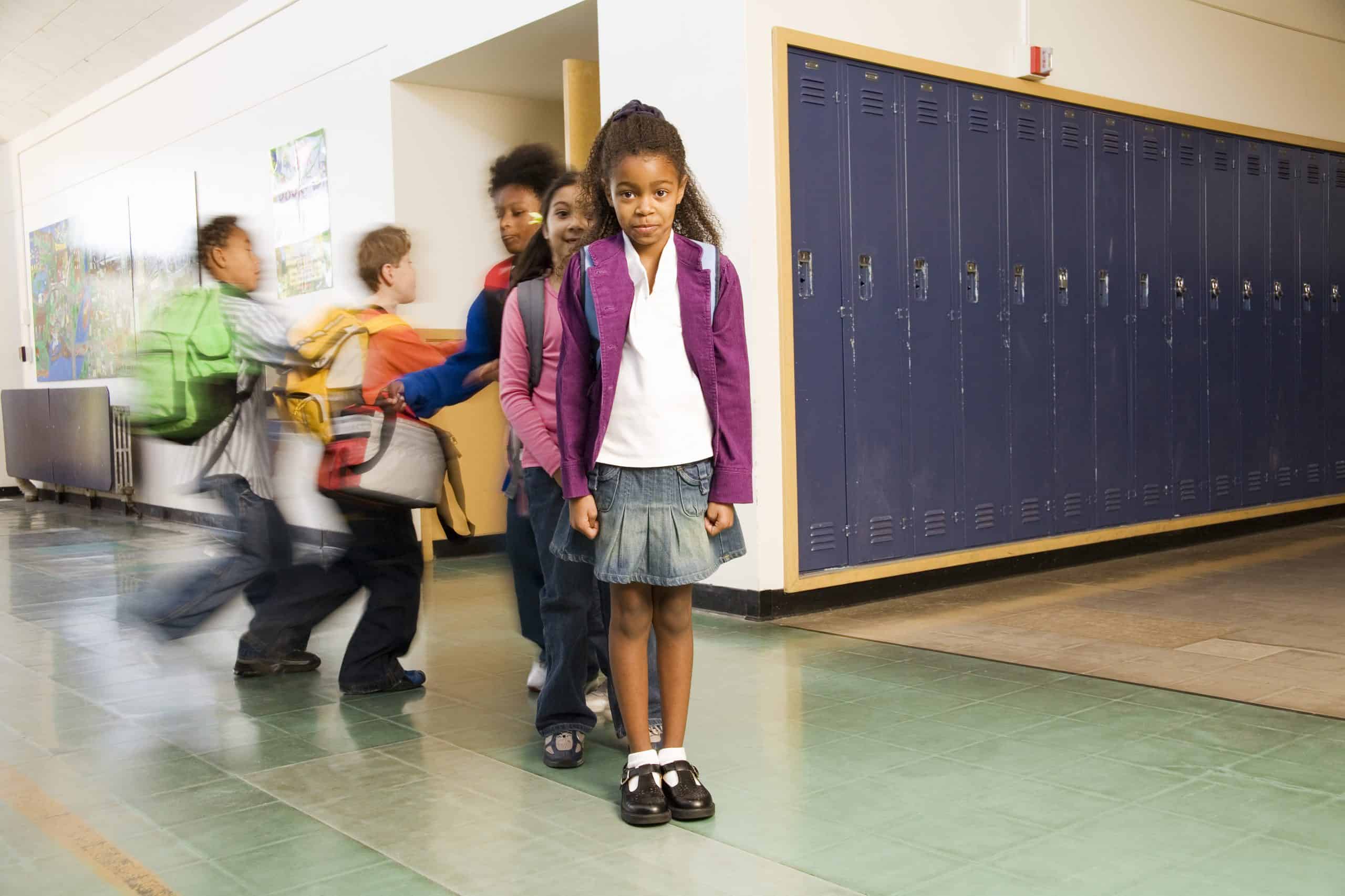When I think back to my days in school and how we did fire drills, I often wonder, “What was the point?” Each teacher knew when the drill was and, if it was cold out, so did we since they told us to bring our coats to class. The bell would ring, we would line up quietly by the door, being careful not to make any more noise than needed by not moving chairs or desks along the way. The teacher would grab her now obsolete dark green ring bound Ward Gradebook. Once we were still and quiet, we would open the door and wait to file in behind the next class. Shame on us if we were not ready and the next class down the hall had to go ahead of us. We would walk quietly down the hall, down the stairs, and outside to the parking lot in a nice orderly line. If it wasn’t perfect, Mr. Mentzer the principal would make us do it again and again until we got it just right. This repeat-until-perfect tactic only worked on us in elementary school as we would have messed up on purpose to miss more class in high school.

- Chris in elementary school!
We were ready. If we had a fire that occurred on a sunny day, the teachers knew about it ahead of time, no one was in any danger, and no one felt the need to rush – we were ready. A real fire with smoke, blocked hallways, panicked students, and confused staff? Not so much.
If all of your drills are going as planned and result in a neat and orderly response, what are you really testing? If a student gets really good at reading Go Dog Go, do you have them keep reading it or do you up the challenge? Of course, we up the challenge. Why is it acceptable to not up the challenge for school safety drills and acceptable to do the same thing year-after-year?
I get it, schools want order and if you give some students an inch, they take a mile. But repetitive orderly drills do very little to help your students in a real emergency and could actually prove a hindrance.
While this is backed up by a 100 years of fire science research, numerous case studies from previous events, results from military stress response training, and from hundreds of school safety experts, it’s also backed up with simple common sense. If we want someone to be prepared for the unexpected, we have to make the preparation scenarios unexpected. If want to see how students and staff respond in a stressful situation, we have to add a bit of stress to situation. Obviously we can all walk through the door when we are not scared. Will we trample each other, though, when we are scared?
When Chaos Leads to Preparation
Now, that does not mean we should be tossing smoke grenades, walking through our buildings shooting blanks, or throwing flash bangs at students as they are evacuating. While I, personally, think that would be a ton of fun, we are not trying to turn our students and staff in Navy SEALS. However, we can give them scenarios that challenge their thinking, change the norm, add a bit of stress, or that do not let them react the planned way. In short, give them scenarios that require them to think.
While NaviGate Prepared offers dozens of text, audio, and video scenarios for you to use that will do just that, you can also do this on your own, using your own experience and imagination to write or record your own scenarios for your staff. Use these or the scenarios with your staff to have them trigger your required drills. Change the times you do the drills. Ever try a lockdown as the buses are arriving the morning? I bet that would be a mess but that is a very likely time a lockdown is needed! You won’t ever know what the reaction will be unless you practice it first. A little bit of chaos in your drill will actually increase your building’s response to emergencies and your staff’s confidence in their abilities.
Beyond your school wide drills, use different scenarios as professional development with staff. Take 5 minutes from each faculty meeting to review a range of scenarios so your staff are prepared to respond to a range of different types of emergencies. Don’t just focus one type of emergency such as armed intruder, be sure to vary them and include medical emergencies, angry parents, school fights – the things that are statistically more likely to happen. When you do these, pick a staff member and give them 30 seconds – and only 30 seconds – to respond. This group setting with a short time limit will add the stress factor they need when responding to the scenario. As each staff gets their turn on the”hot seat”, all of your staff get a broader plan of action in an emergency.
Most teachers are really smart people. Challenge them a bit and they just may surprise you. If you don’t, how do you know if they are really prepared?




